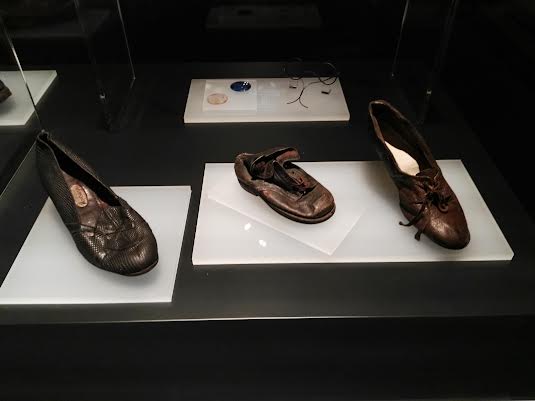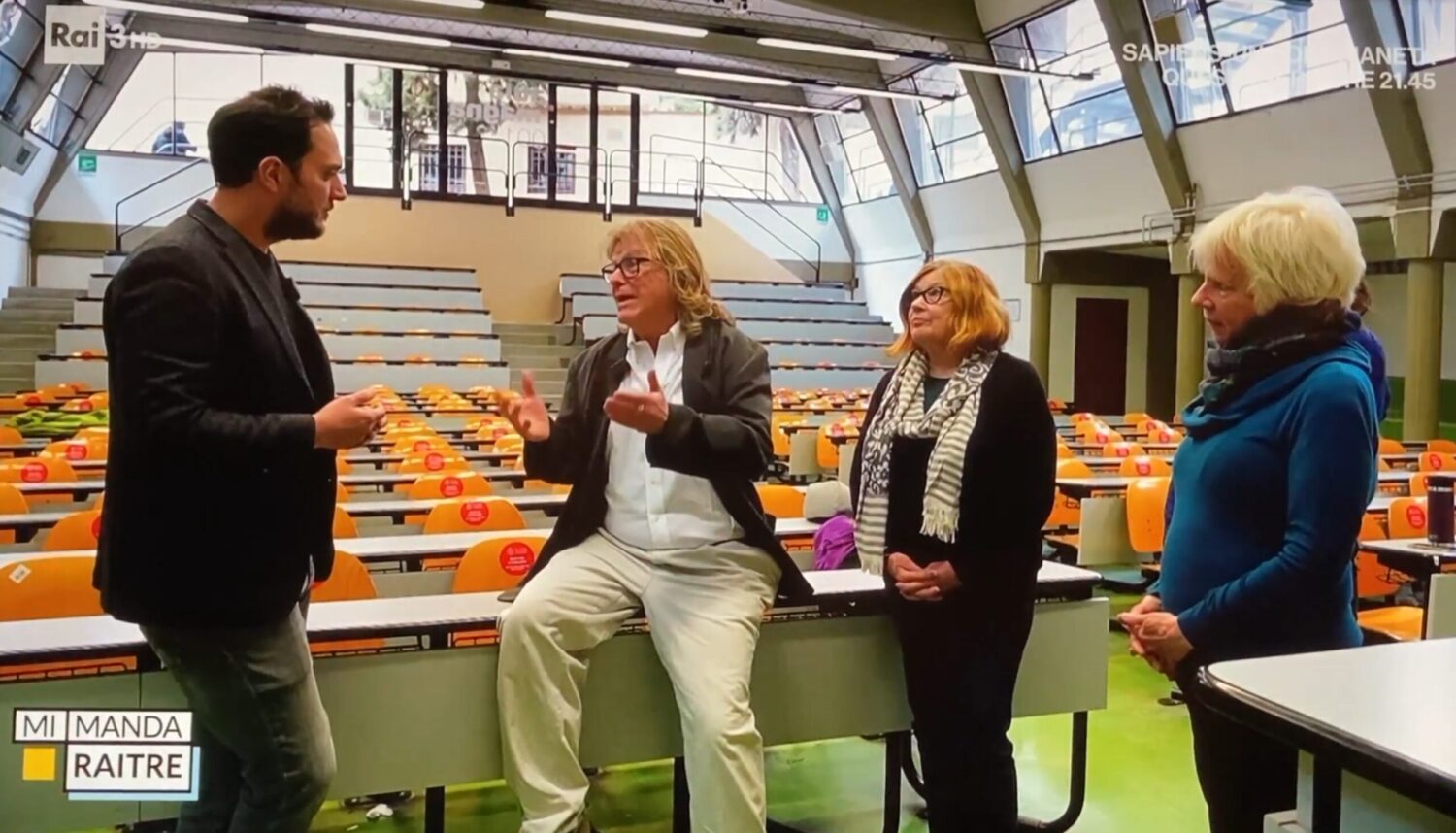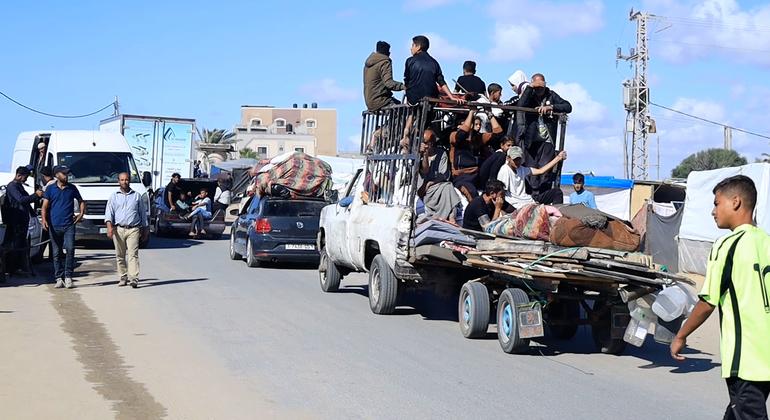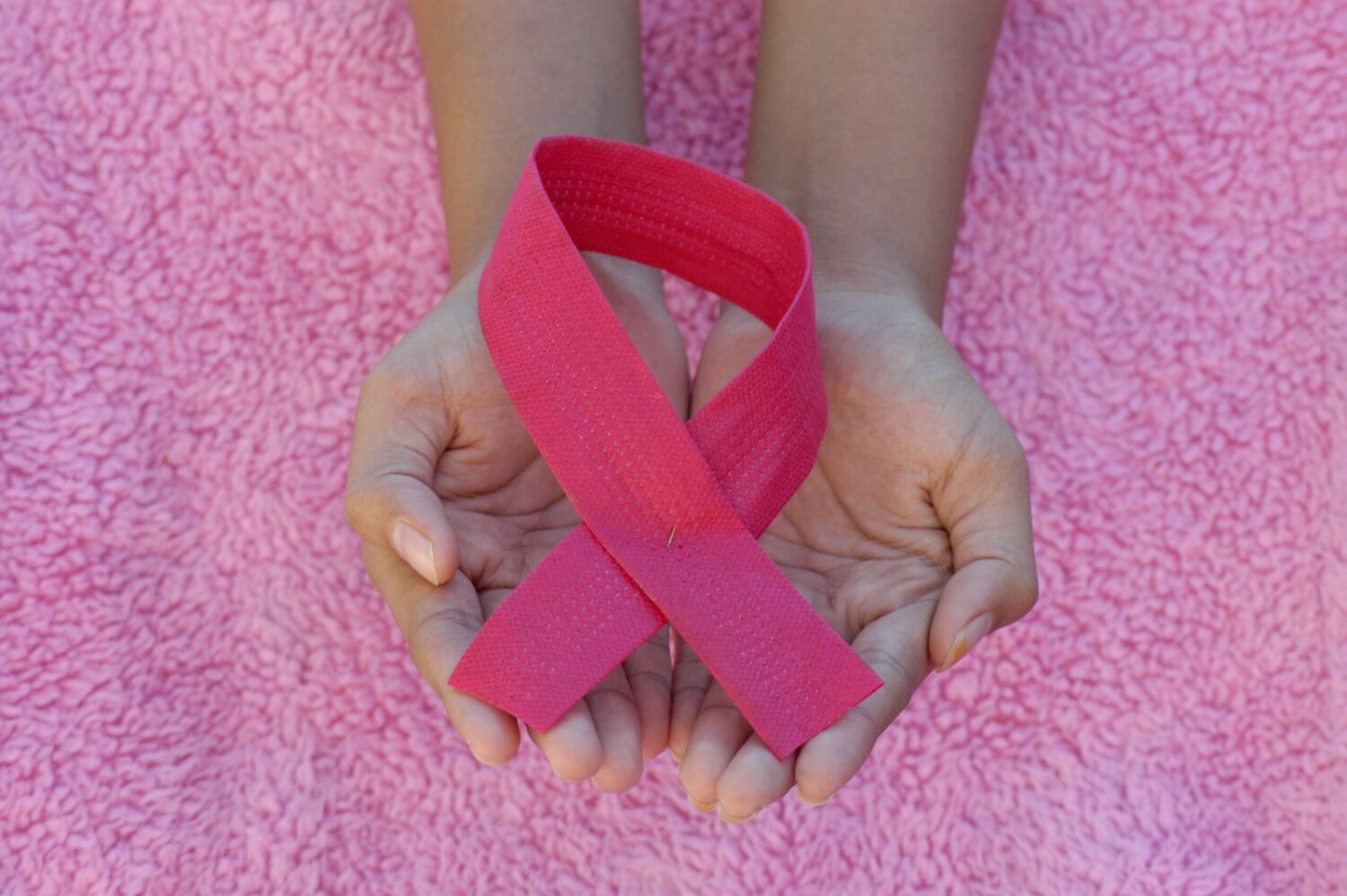Anne Frank was a German girl of Jewish descent, who was born in a time where intolerance towards said people spread throughout Europe thanks to Nazism
Sometimes stories cross paths with you. They balance on the pages of a newspaper and jump to get between the Brioche and the café con leche, while sitting on an old terrace, listening to a bit of jazz by the acclaimed, but never completely known, John Coleman.
One, once old enough, never looks for new stories on the front pages of European newspapers. He stoically searches the loose section, for small news, and with the wisdom that comes with the years (old cat) he lets himself be carried away by some of those complementary news items that on page 12 or later, help the newspaper layout artists to bear the weight of history day after day. And then, suddenly, as if from the corner of the eye, a small curiosity is found: in a German town, a daycare center had decided to remove the name of Anne Frank, for any other name.
I grabbed my Montblanc pen and circled the news. I finished breakfast and began to walk in the autumn of ocher leaves and the flavor of growing Christmas. I already had a story for my next article.
Annelies Marie Frank, known worldwide as Anne Frank, was born in Frankfurt am Main (in German Frankfurt am Main, although known worldwide as Frankfurt) on June 12, 1929, and died in March 1945. Anne, as I will call her , was a German girl of Jewish descent, who was born in a time where intolerance towards said people spread throughout Europe thanks to Nazism, a cursed ideology that only seeks its own benefit. A totalitarian ideology that seeks the annihilation of the Jew and the subjugation of the rest. Something similar, for example, to what happens with many ideologues of Islam who continue to practice anti-Semitism and propagate it without immodesty.
Anne became famous worldwide when her father Otto Frank published a diary in Dutch titled The house behind. Known worldwide and later as Ana Frank’s diary. In this narrative, Ana wrote in diary format, an intimate account of the approximately two and a half years she spent hiding from the Nazis in the city of Amsterdam, along with her family and a few other people. This occurred during World War II.
Of course, and due to the denunciations of the “kind” collaborationists (collaborateur), Ana and her family were captured, separated and taken to different concentration camps. The girl was sent directly to the Auschwitz concentration camp on September 2, 1944 at the age of 14.
Anne became famous worldwide when her father Otto Frank published a diary in Dutch titled The house behind. Known worldwide and later as Ana Frank’s diary. In this narrative, Ana wrote in diary format, an intimate account of the approximately two and a half years she spent hiding from the Nazis in the city of Amsterdam, along with her family and a few other people. This occurred during World War II.
Of course, and due to the denunciations of the “kind” collaborationists (collaborateur), Ana and her family were captured, separated and taken to different concentration camps. The girl was sent directly to the Auschwitz concentration camp on September 2, 1944 at the age of 14.
For those who have been today on the land where that concentration camp was installed, if they are sensitive, they will have noticed how the land, the space where the barracks, the gas chambers or the infamous mass graves were located, is overwhelming. Searching the sources of the Jerusalem Memory Museum, one million three hundred thousand Jews were sent to said camp, 900,000 were directly murdered upon arrival. They undressed them, separated their clothes, their boots, their belongings, and naked they made them pass starving, infected with fleas, barefoot, with the promise of a good shower and a hot meal on the other side, to the Barracks of Death. They were gassed and, as remains, they were all thrown into common graves or incinerated, after examining their mouths in order to extract the molars or gold teeth, which many of them had.
Of those four hundred thousand remaining Jews, two hundred thousand suffered the same fate as their companions as the months passed. Two hundred thousand were registered as prisoners or transferred. Among them, Ana was transferred to Bergen-Belsen, an SS camp, where between 1941 and 1945 nearly 50,000 prisoners died. Overcrowding permanently caused death from typhus, tuberculosis, typhoid fever and dysentery. Anne Frank lasted in those harsh conditions, alone and abandoned to her fate, for just a few months. In late February or early March 1945, at the age of 15, she was found dead in her bed, dressed in rags and in her bones.
The only one in the family who survived the genocide at the end of the war was Otto Frank, Ana’s father, who, as I mentioned before, published his diary.
That publication was a narrative blast of the horrors experienced prior to the girl’s entry into the Nazi hell. But it nevertheless brought many adolescents and adults closer to a historical memory that needs to be reviewed with some assiduity. Due to that publication, after a few years, in Germany and other places in the world, many schools, streets or squares adopted the name of Anne Frank, in memory of that girl. But the conflict in Gaza and the anti-Semitism rooted in certain religious cultures seems to be beginning to take its toll, even in Germany itself.
In that newspaper clipping Frankfurter Allgemeinewhich I was reading at breakfast, I came across the following loose book from which I extract some notes: The director of a daycare center, Linda Schicho, acknowledges that they have had to change the name of the center, which was called ANA FRANK, because the Muslim ancestry of the vast majority of the parents requested it. For them, according to her own words, it was difficult for them to explain the topic of the Holocaust and the topic of the Jews to their children. “They preferred a less political name.” Anne Frank was just a girl punished for intransigence and I am worried that in Germany they are once again making a journey towards intolerance, but in the opposite direction.
Well, basically those Muslim parents, three hours and about 1,200 words later, maybe they can read this little chronicle to their children. And explain to them that there was a dark regime that killed millions of people and among them millions of Jews. And perhaps with a certain level of honesty, I suppose you could add that HAMAS, the organization that started the conflict in the Gaza Strip, is terrorist and totally and deeply anti-Semitic. An organization that, in the purest Nazi style, keeps men, women and children, some of them just a few years old, stuck in tunnels in inhumane conditions, causing them so much terror that they and their families will remember it as long as they live.
What will be next in colonized Germany, make duplexes on the grounds of each of the concentration camps so that everything is forgotten. Let us hope that the historical memory of the people, based on the truth, and not on the self-serving lies of those who lead them, can remain intact.
Originally published at LaDamadeElche.com














